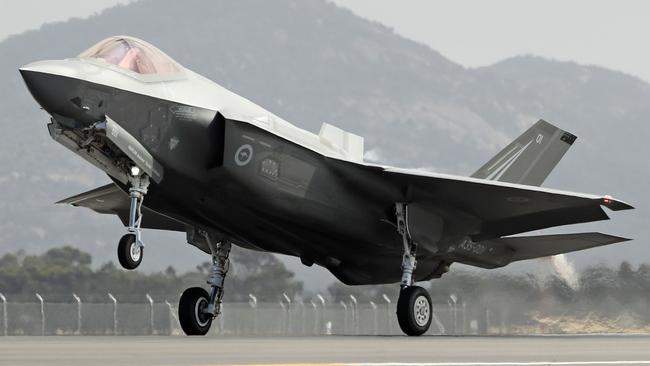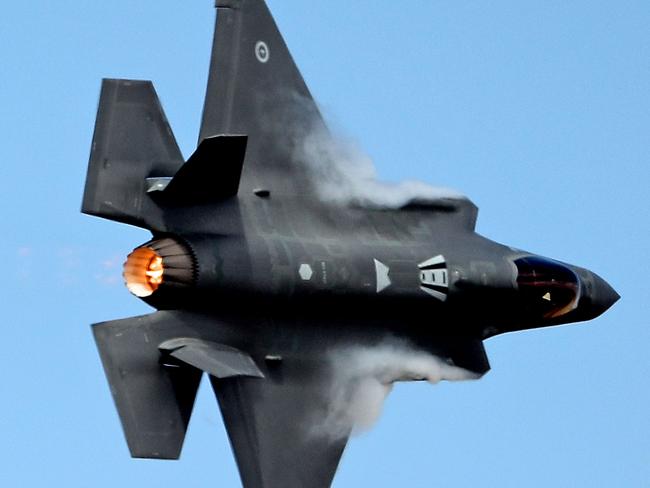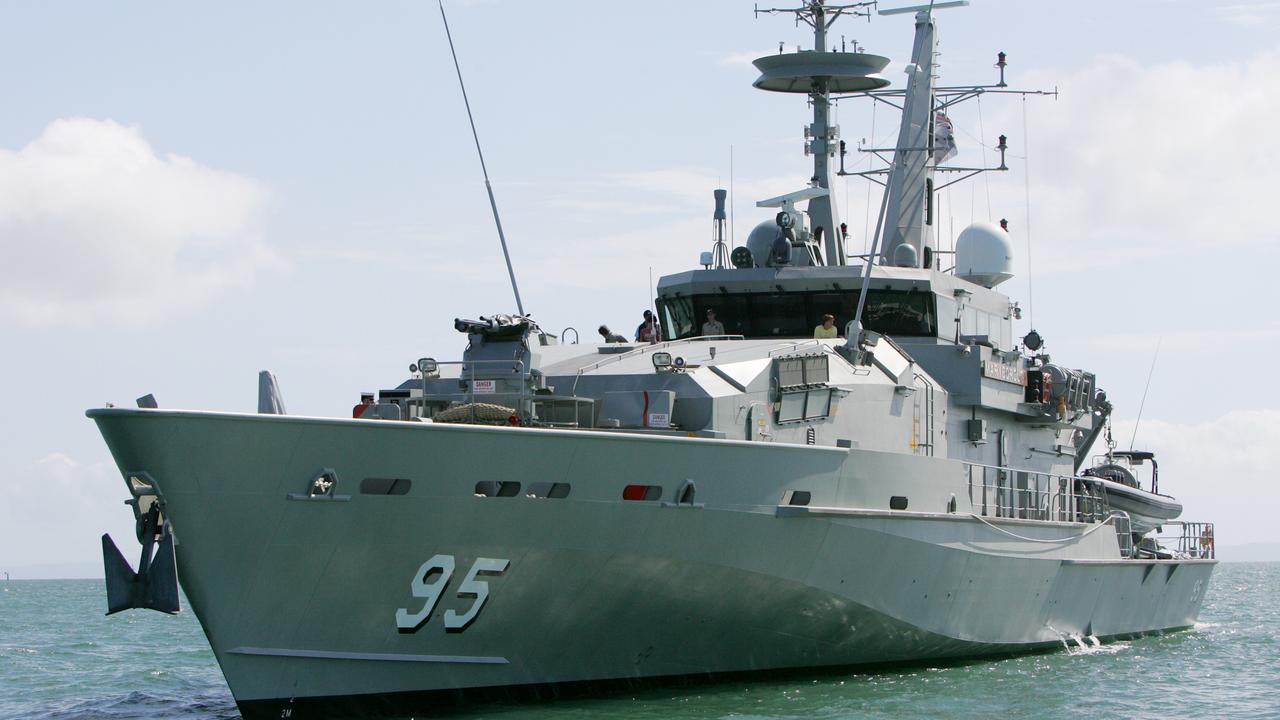
One of the world top independent defence experts has conduced an incredibly exhaustive examination of the real cost of the Joint Strike Fighter (F-35) to those countries that are buying it.
The expert, Paris-based Giovanni de Briganti, of Defence-Aerospace, estimates that the average unit cost of Lockheed Martin JSF in the ninth low-rate initial production run is $US206.3 million.
The Australian parliament has been told by Defence Minister Marise Payne and Defence Industry Minister Christopher Pyne that the cost of our Joint Strike Fighters will be in the vicinity of $US90 million.
Such a huge variation means that either Giovanni de Briganti has completely got his calculations wrong when applied to Australia, or Pyne and Payne may have misled parliament.
I do not have the ability to decide which of the alternatives are correct but there is a good chance that the Pyne/Payne $90 million vicinity estimate leaves out essential costs.
Giovanni de Briganti believes the aircraft’s engine is one of the costs they leave out.
Let me explain what I think has happened.
Defence officials for over a decade have been hoodwinking politicians on both sides by conveniently leaving out the massive expenditures required to get the JSF aircraft into service. At least in the past that has included leaving out the cost of the engine.
De Briganti believes the low cost estimate covers only a partially-completed aircraft about to leave the factory and not one that is ready for action, which is the only true cost. Pyne and Payne may have fallen into the trap.
The parliament needs to get to the bottom in the real cost of the JSF.
De Briganti emphasises that his $US206.3 million cost includes “engines, fixes and upgrades” — as any proper cost calculation would include.
A series of US defence officials have claimed that the cost of the JSF has been reduced thanks to the intervention of President Donald Trump. De Briganti disputes whether there has been a significant fall, so Trump may also have been hoodwinked.

There are three different JSF aircraft, which each have slightly different cost structures.
De Briganti calculates a “generic” F-35, which a notional aircraft used to compare unit costs from year to year. It is calculated on the basis of the average cost of one aircraft in each of the three versions (F-35A, F-35B and F-35C) in the same production lot.
He says that a direct comparison of the aircraft costs released by the F-35 Joint Program Office (JPO) shows that the cost of a “generic” F-35 has actually increased by $US7.63 million over the five years, 2012 to 2017.
According to de Briganti, JPO’s figures show that, of the three variants, only the F-35A saw its cost decline — a modest $3 million over those five years. Australia is buying the F-35A so at least the claim that we have had a cost reduction may be justifiable.
However de Briganti is adamant that the official Joint Strike Fighter costs produced by JPO only compare airframe costs, and for reasons it has not explained exclude engine and other costs.
If de Briganti is right then clearly the Australian parliament has been quoted costs for the JSF without the engine.
If he is right, words fail me.
De Briganti says his detailed analysis and indeed the JPO’s own figures contradict many public statements by Lockheed Martin and the F-35 Joint Program Office claiming that unit costs are dropping with each successive production lot.
In December, JPO Director Lt Gen Christopher Bogdan claimed that by the time the plane enters full rate production in 2019 the price will be down to $US80-$US85 million for an F-35A, $US110 million for a F-35B, and $US96 million for an F-35C.
These figures are the ones Pyne and Payne use.
Unfortunately, according to de Briganti, “Lot 9” aircraft being delivered today actually cost $US206 million, on average, including their engines, fixes, retrofits and upgrades, Not (repeat NOT) anything like $US85 million.
Furthermore, de Briganti says the JPO continues to award contracts for “Lot 9”, so it is likely the unit cost of “Lot 9” aircraft will continue to grow.
Pyne and Payne might say we are parroting what the Americans tell us.
That’s not good enough.
Our parliament and the public deserves the full facts.




